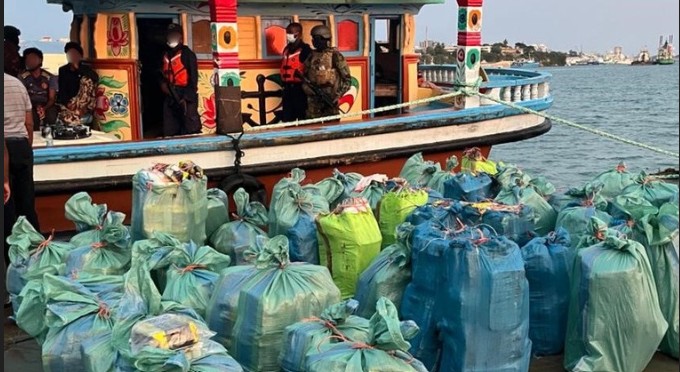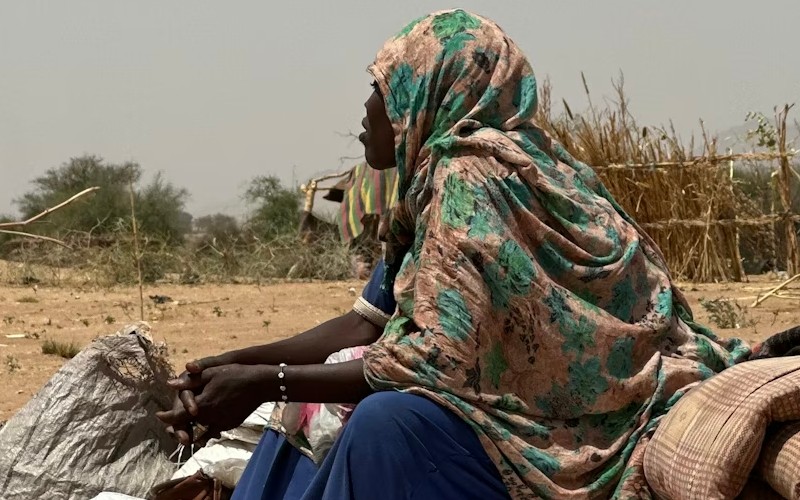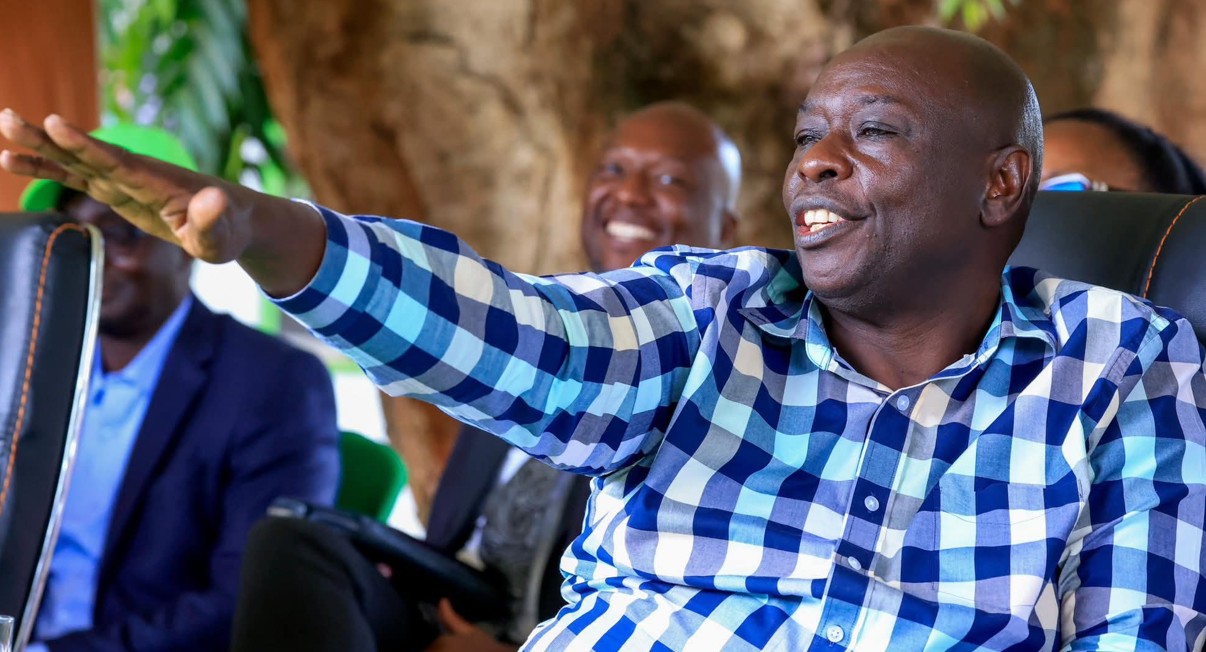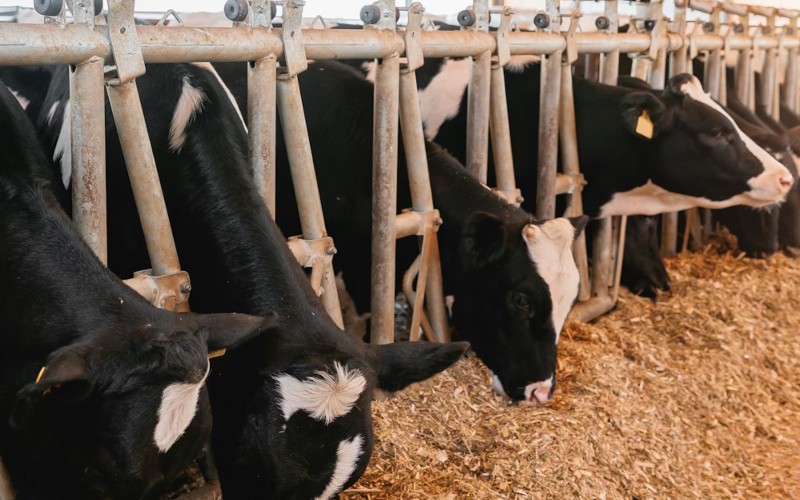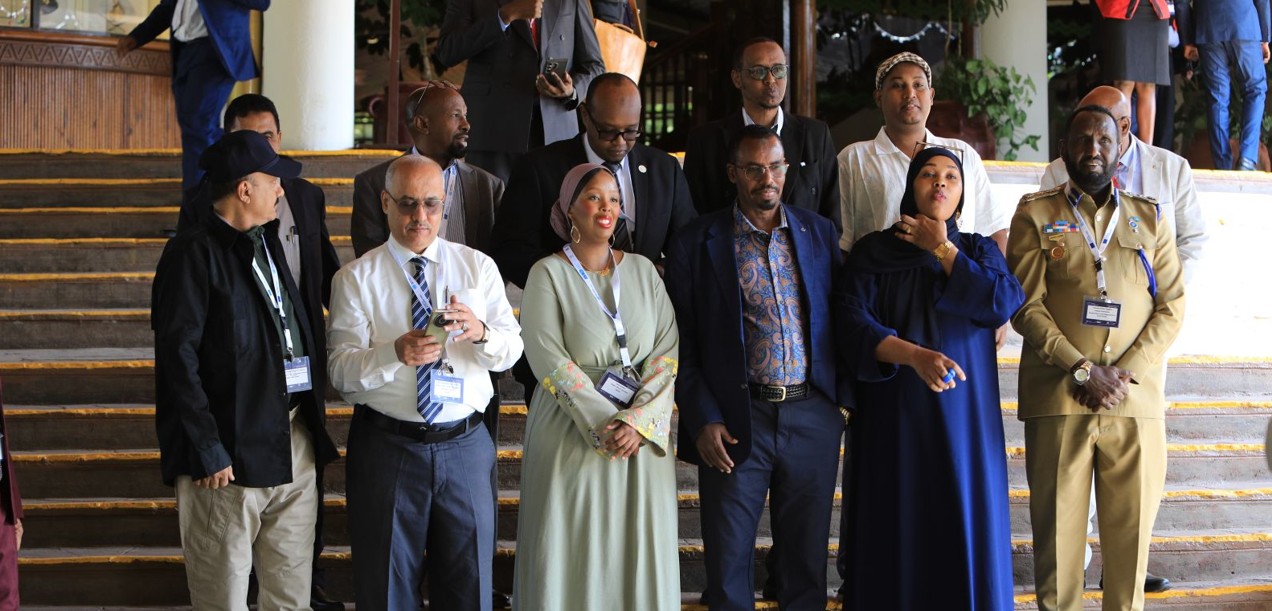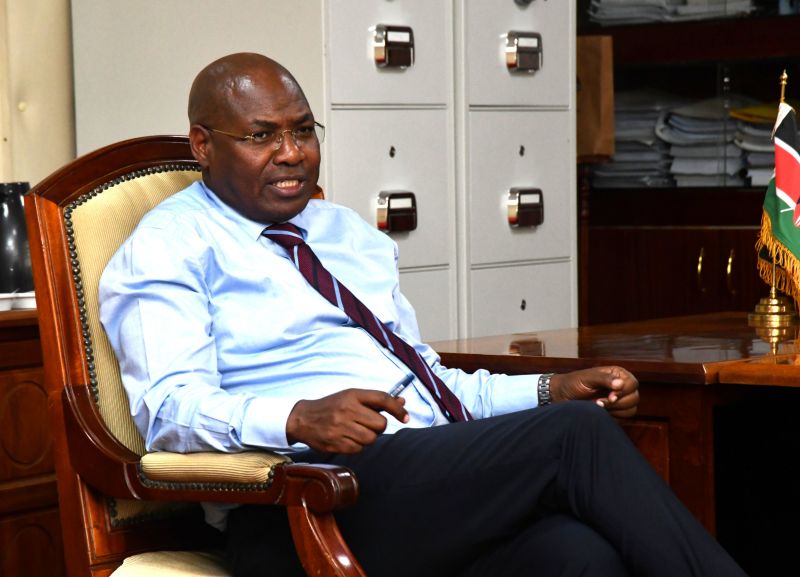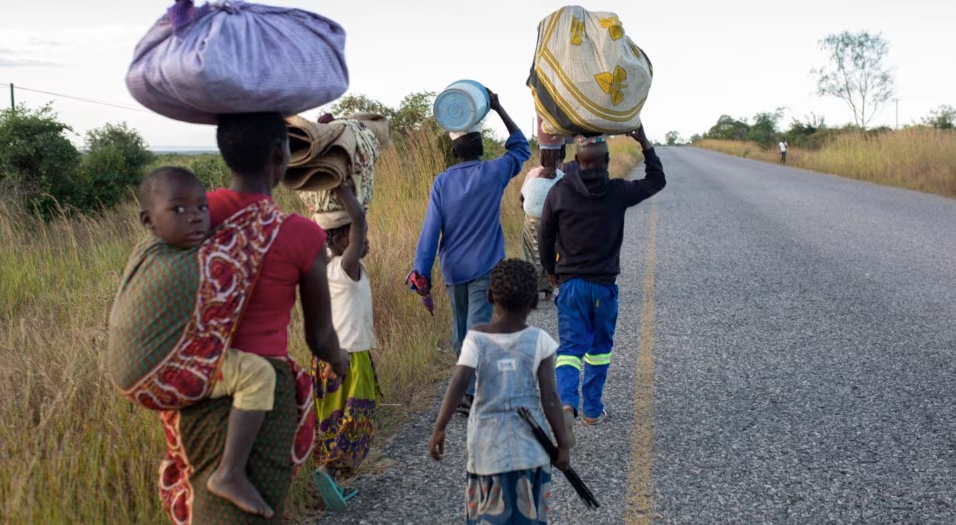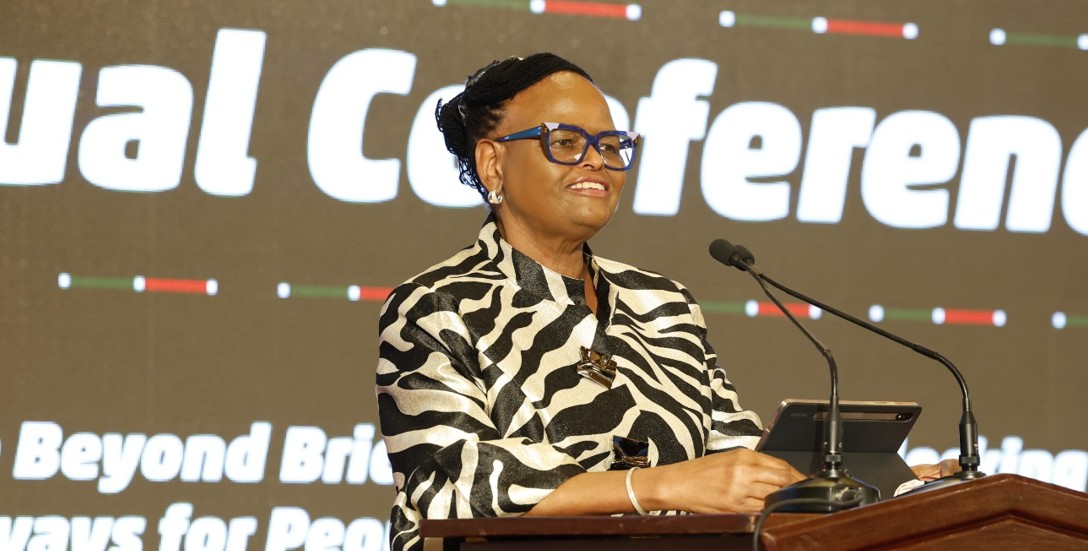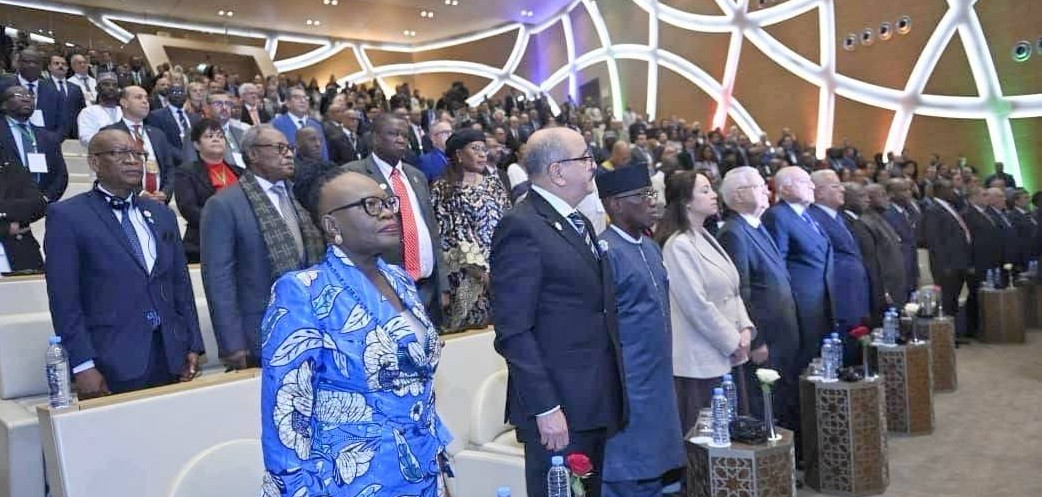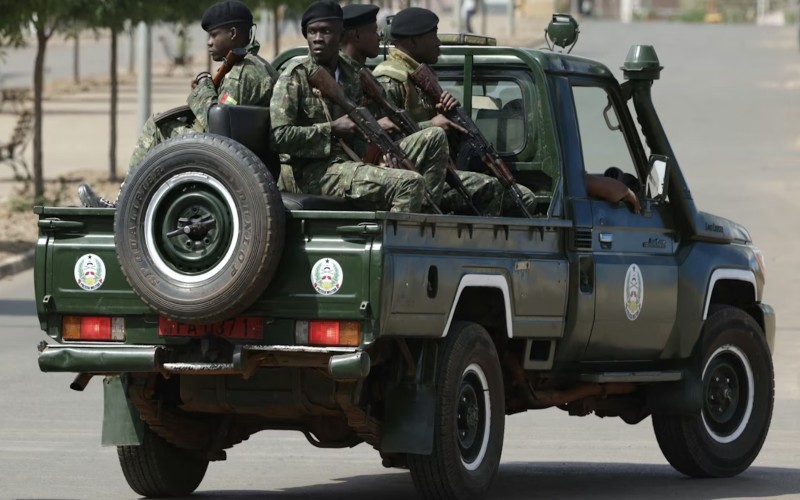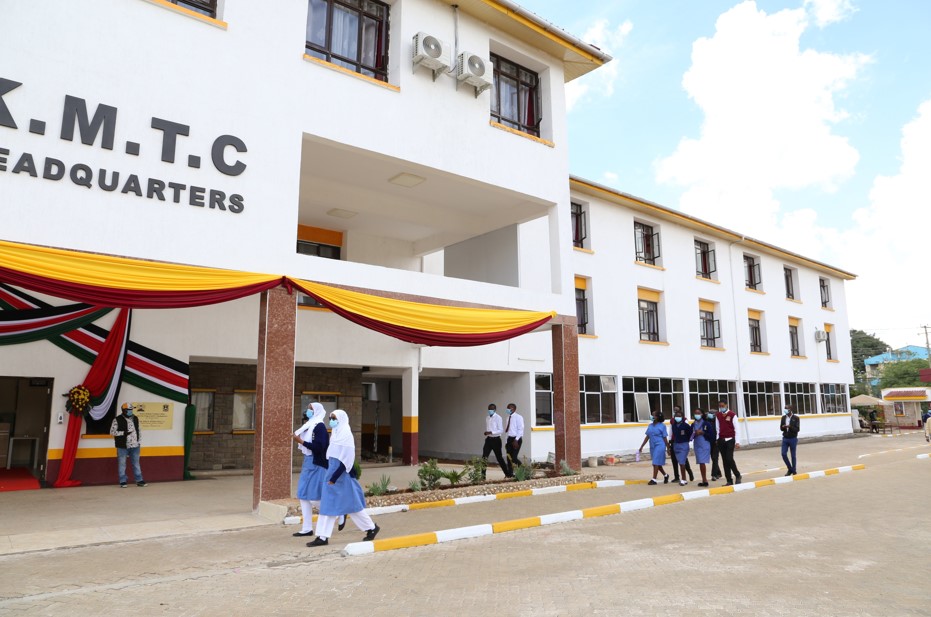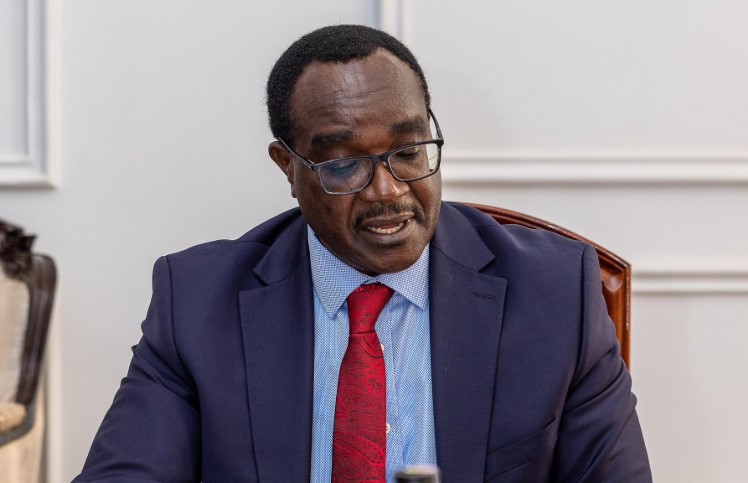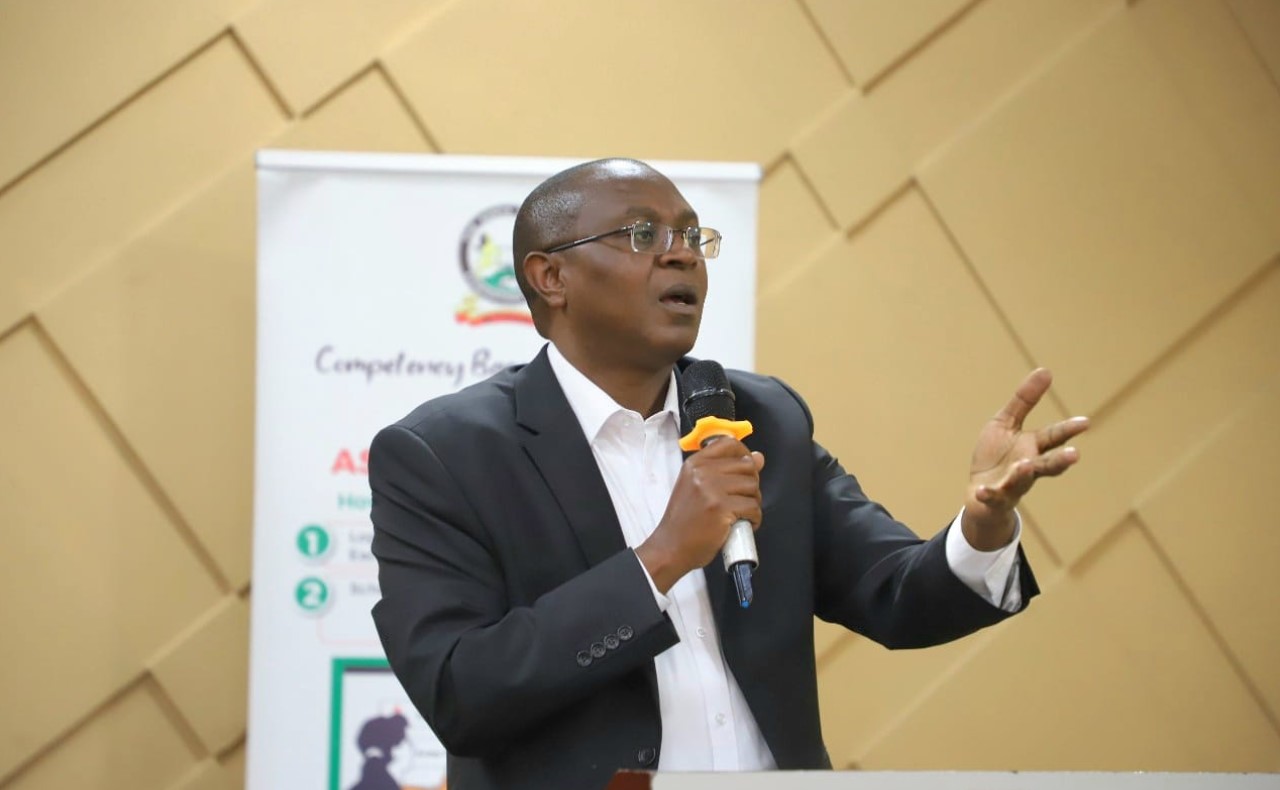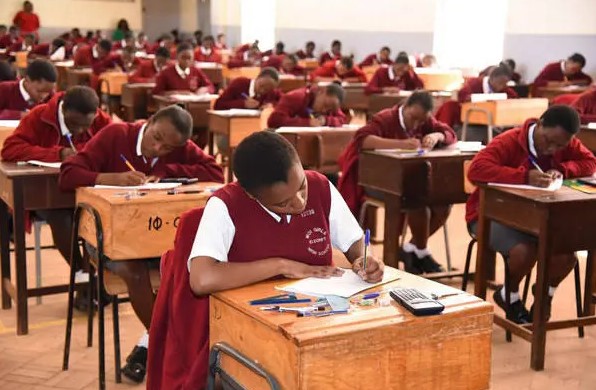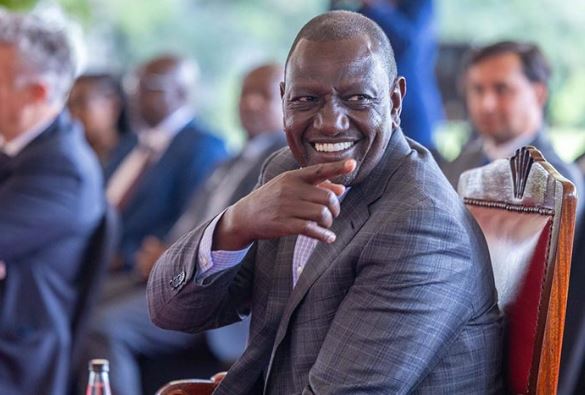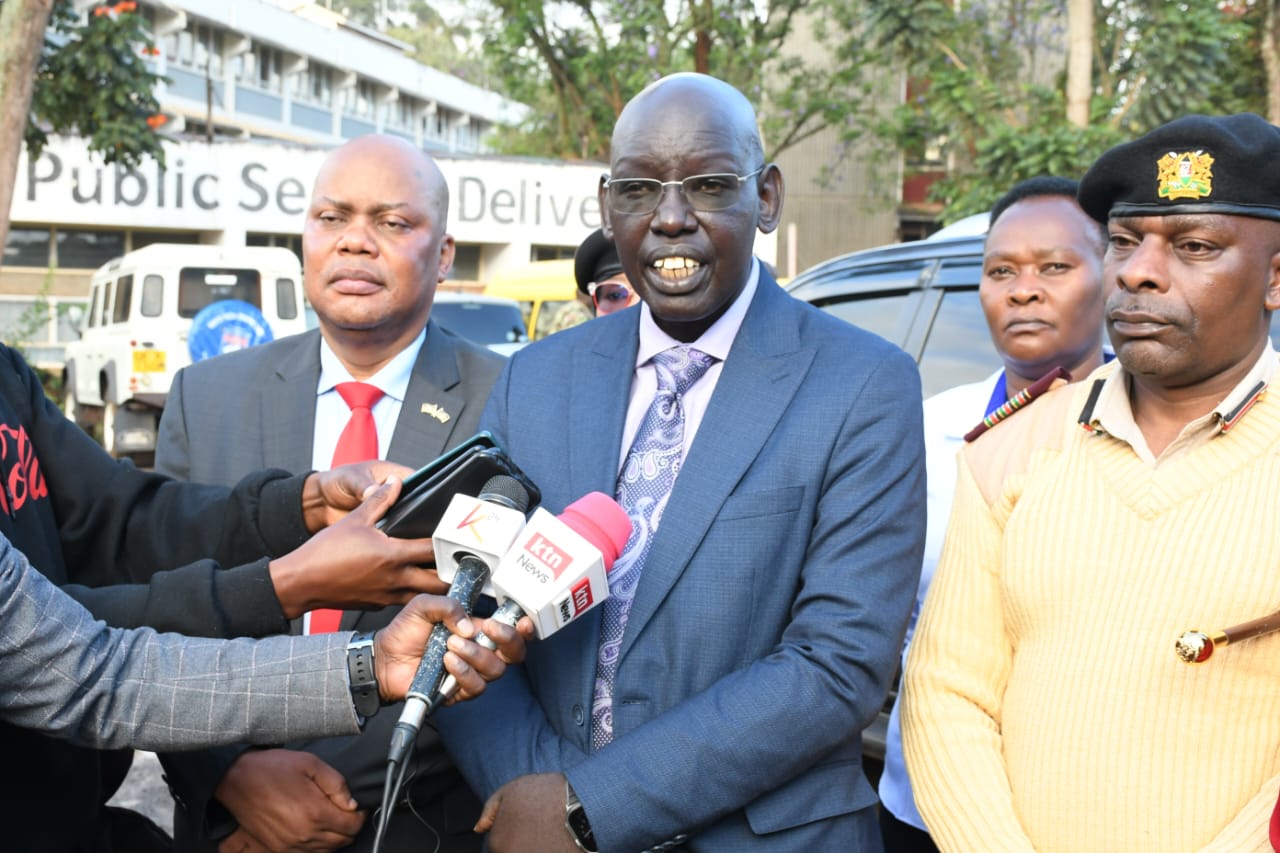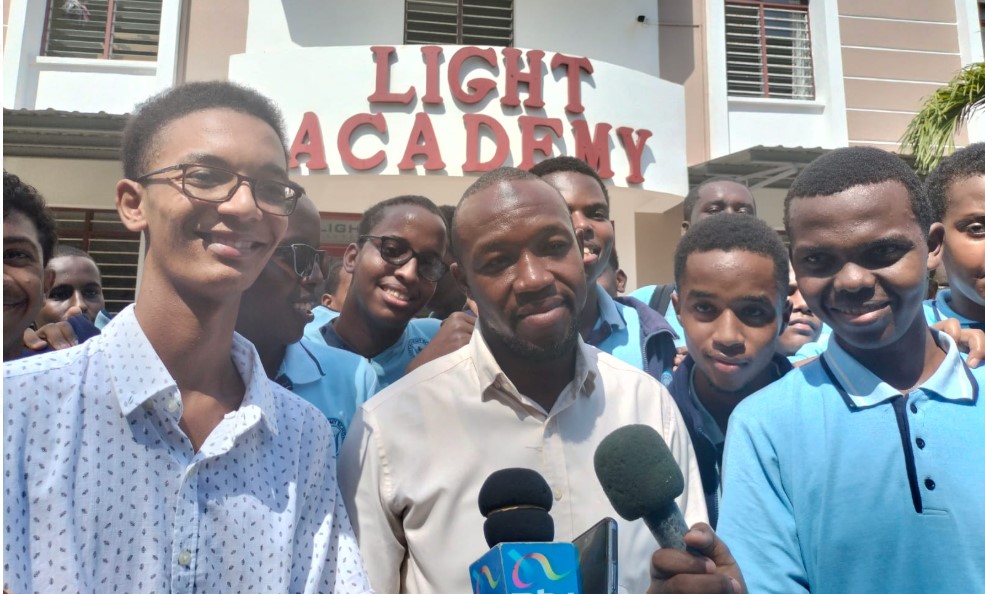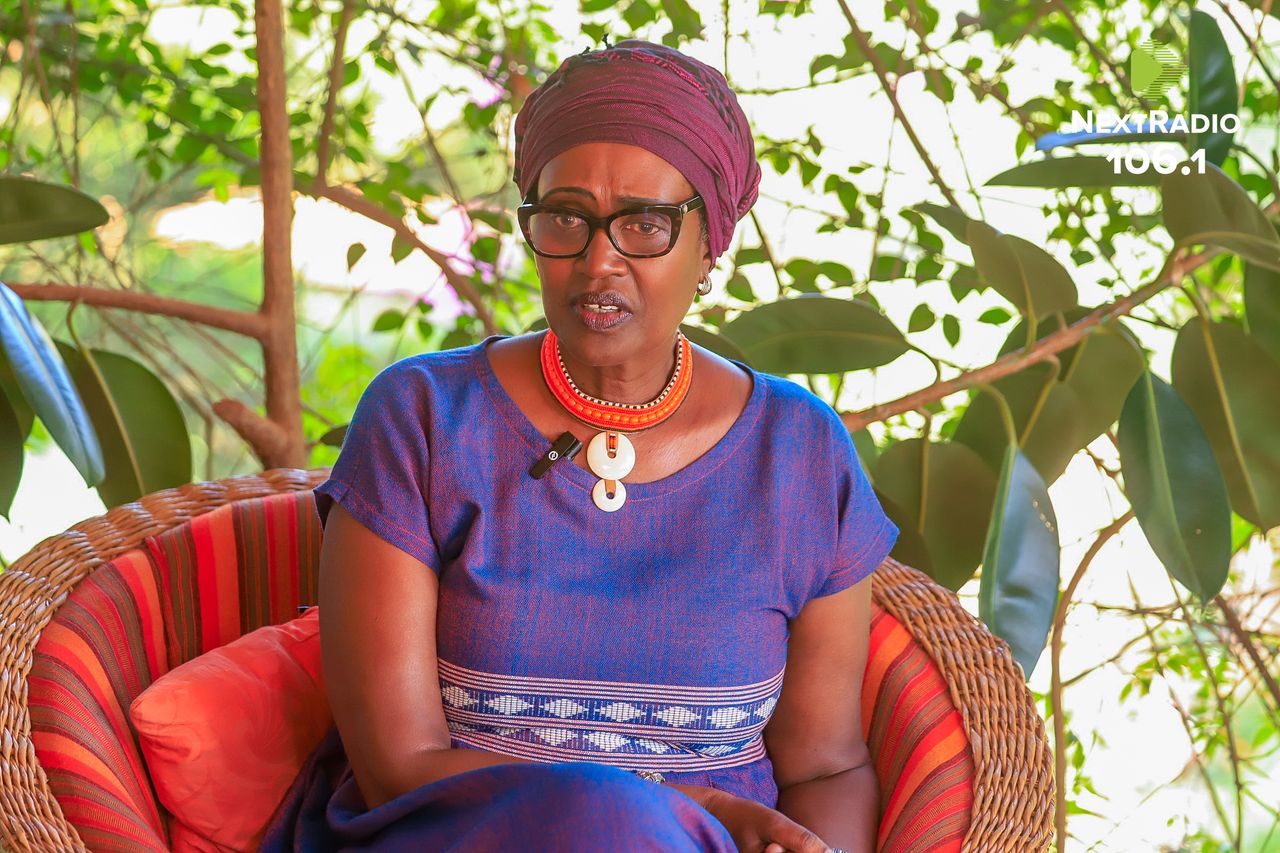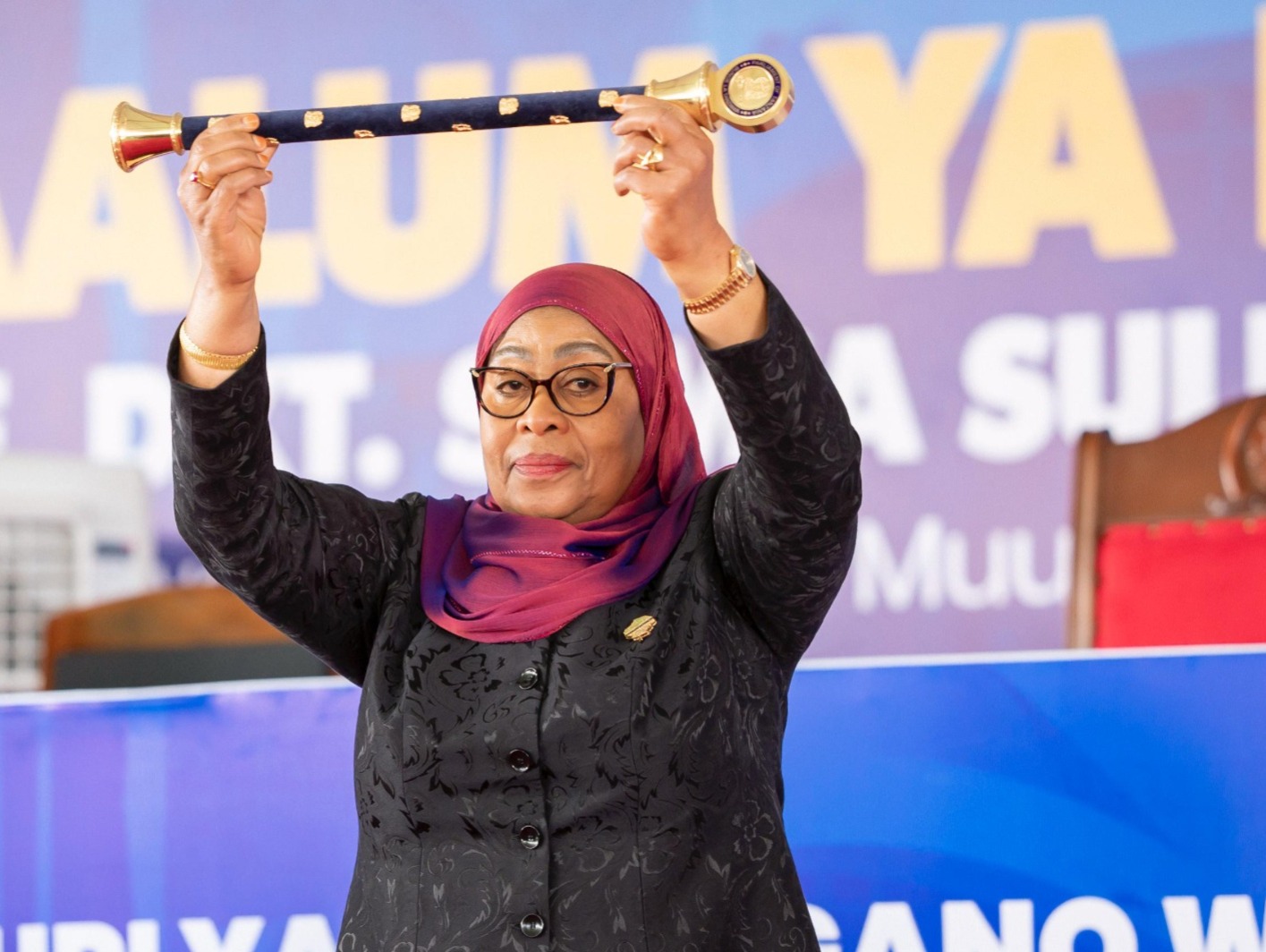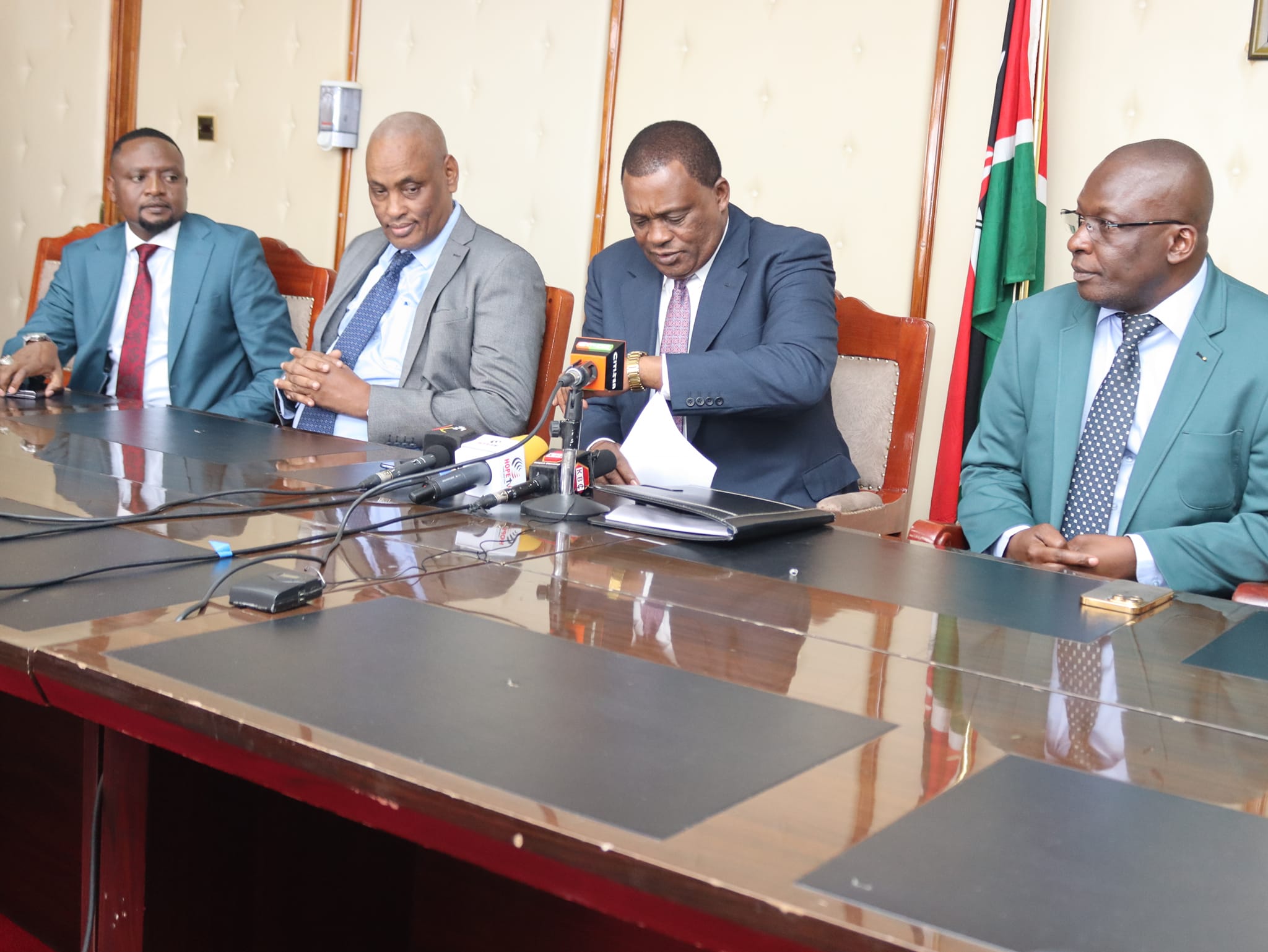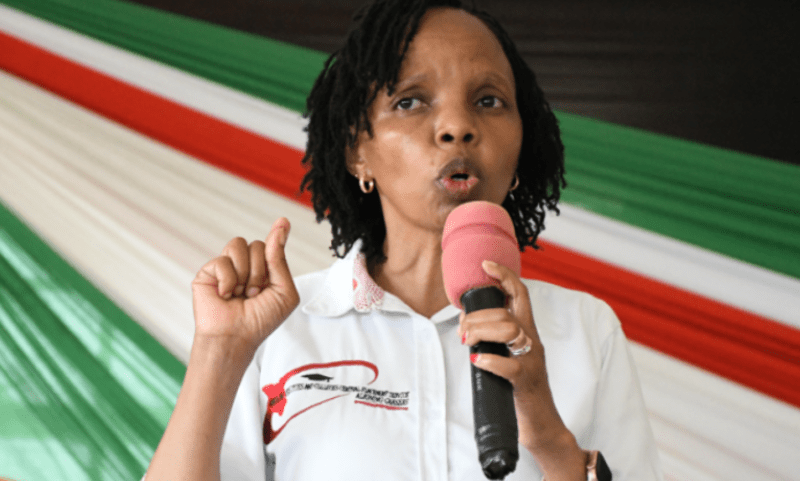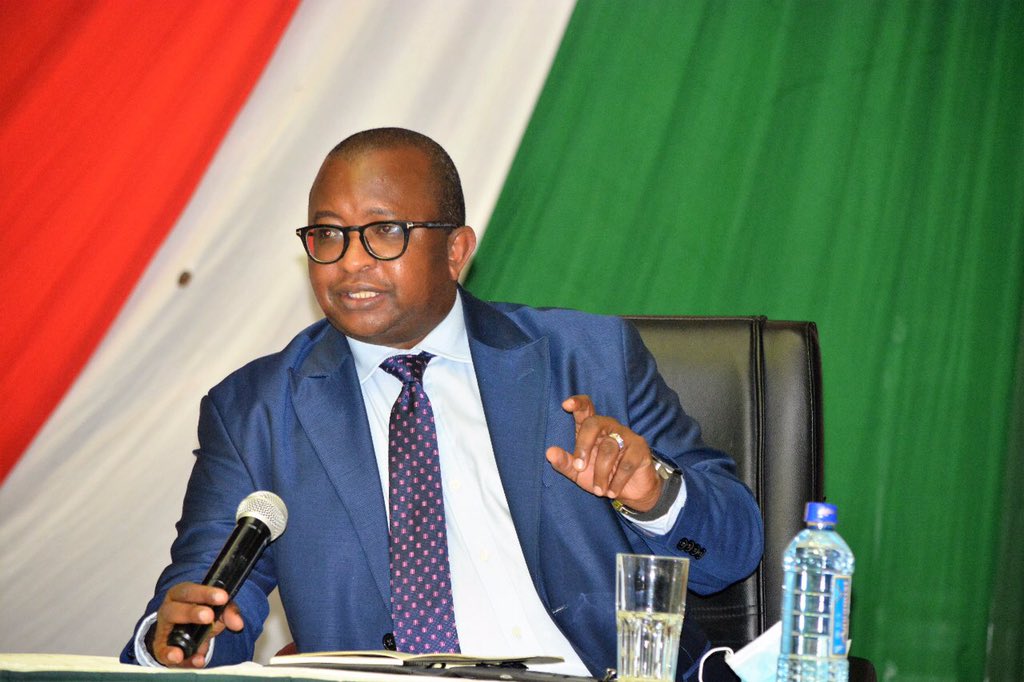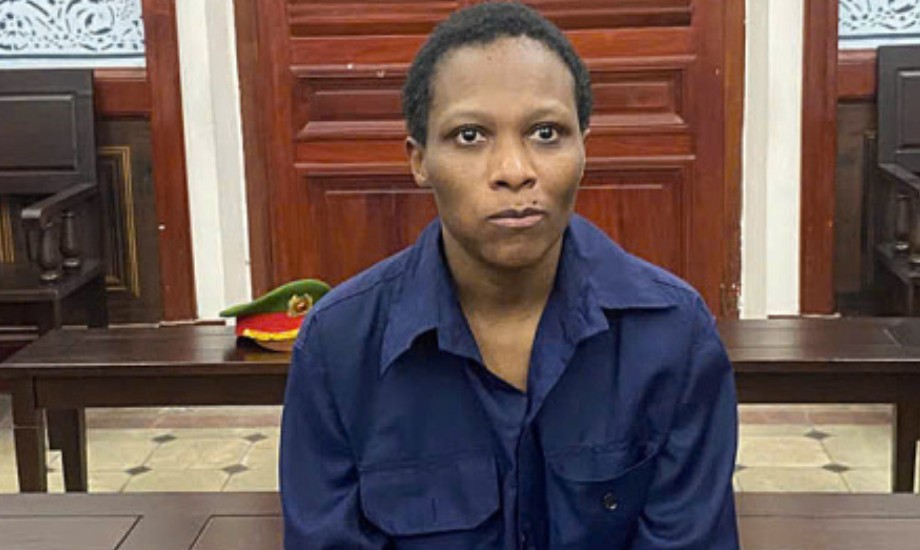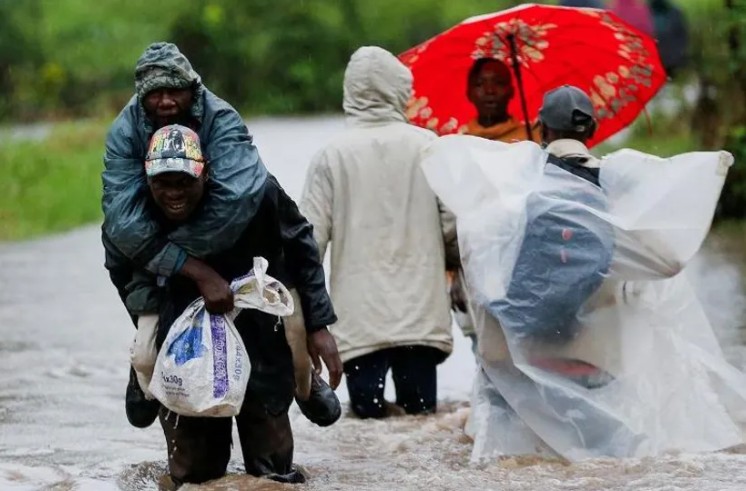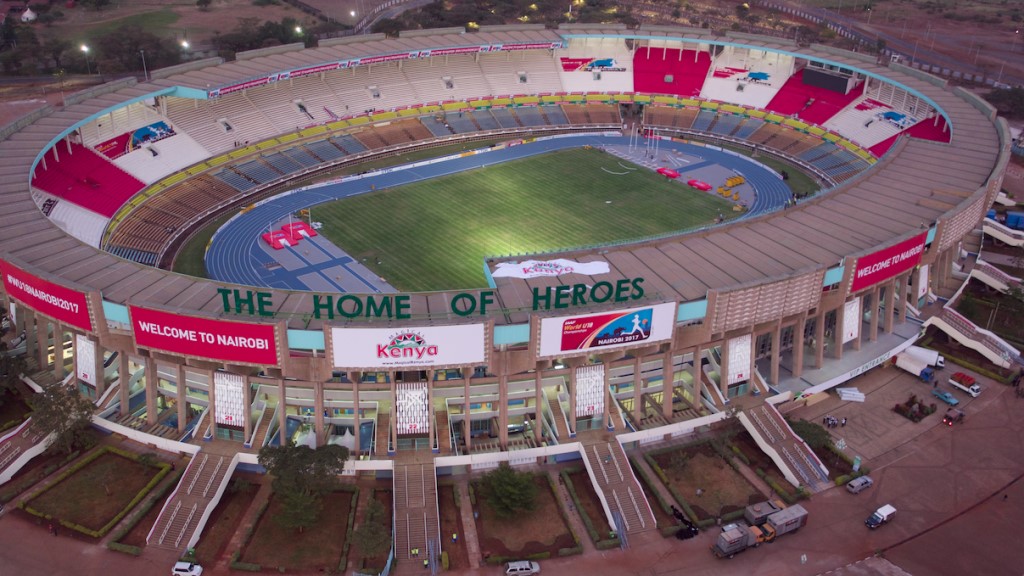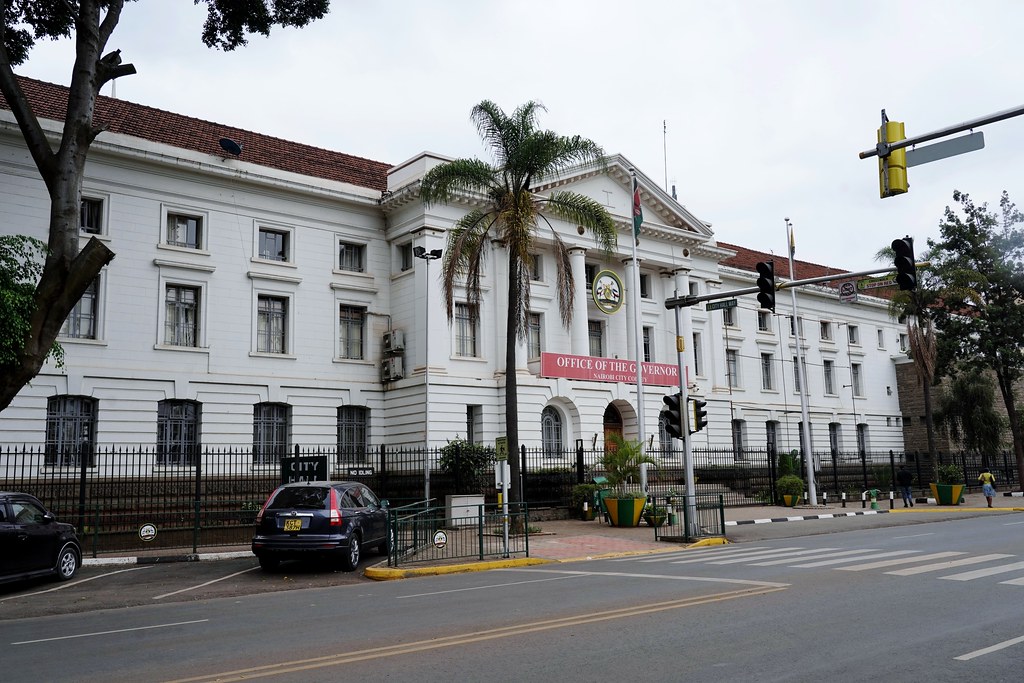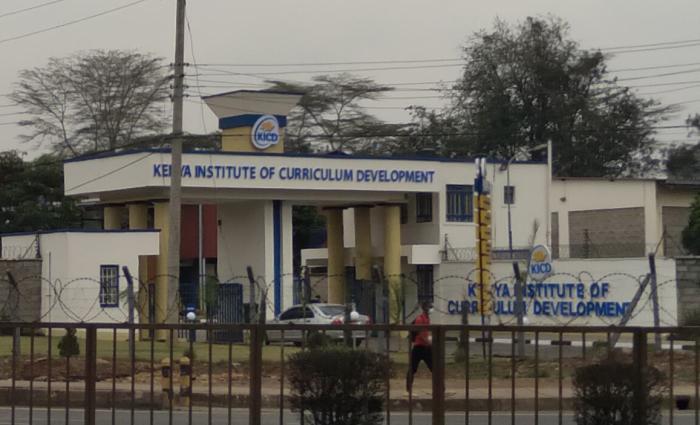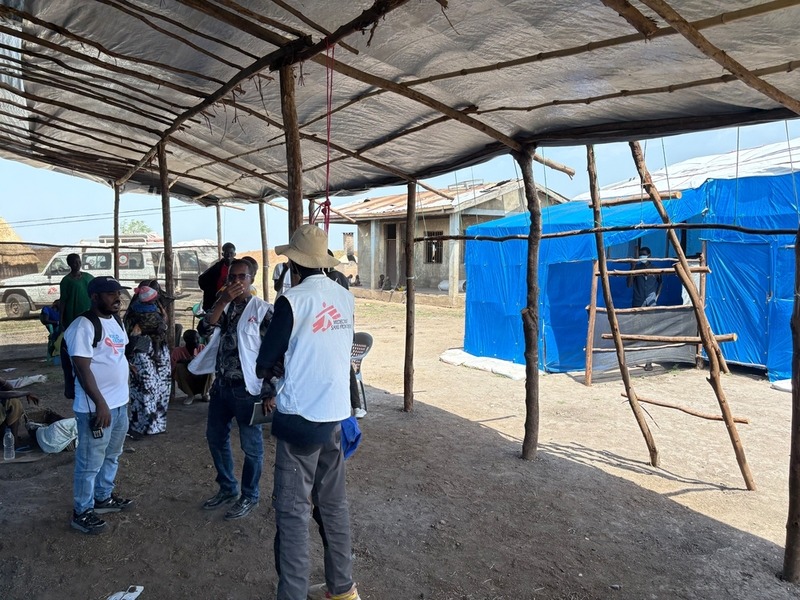Ruto assures Garissa, Turkana residents of support as state launches Shirika Plan
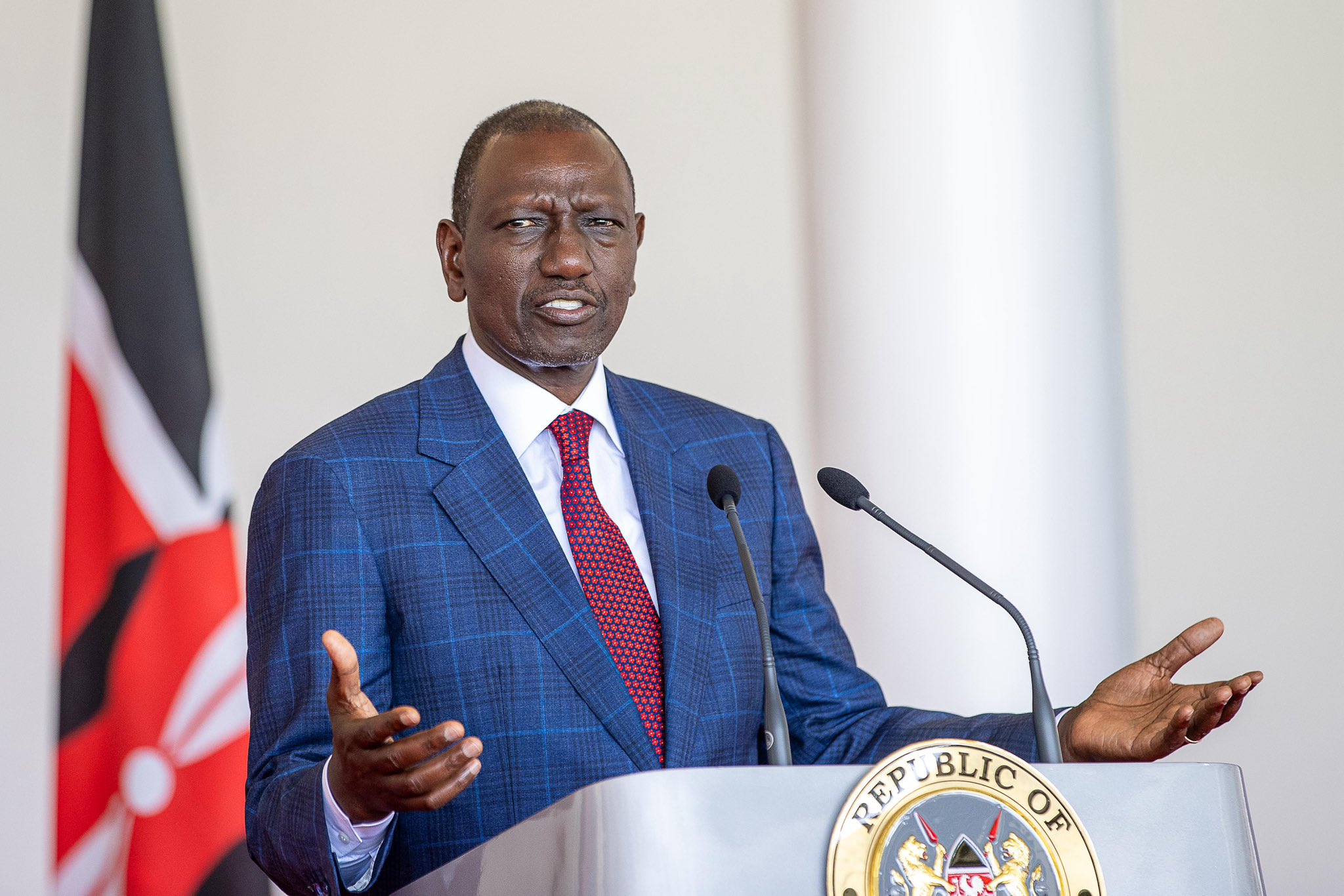
UNHCR's boss Filipo Grandi pledged support to the plan, recognising it as a model for the region and the rest of the world, but noted the dire state of humanitarian aid at the moment.
President William Ruto has assured the host communities of the two main refugee camps in Garissa and Turkana counties of development support as the government embarks on the integration of Dadaab and Kakuma Refugee camps into the host communities under the Shirika Plan that proscribes a progressive solution to the long-standing refugee crisis in the country.
The plan draws inspiration from past integration initiatives like the Kalobeyei Integrated Socioeconomic Development Plan (KISDEP) in Turkana and the Garissa Integrated Socioeconomic Development Plan (GISDEP), both of which demonstrate modern and sustainable approaches to refugee assistance management in a manner that benefits both the refugees and the communities hosting them.
More To Read
- IGAD ministers renew regional pact on refugees as Kenya demands fair burden‑sharing
- Ruto calls for renewed global commitment to protecting refugees as Kenya hosts landmark judicial conference
- UNHCR data shows steady rise in refugee numbers in Kenya
- Kenya commits to Shirika Plan on World Refugee Day amid mounting refugee hunger crisis
- New refugee management curriculum to boost local capacity in Turkana, Garissa counties
- Kenya’s refugee integration plan criticised over poor public involvement
Some members of the host communities in Turkana and Garissa have been opposing the plan on claims that the refugee communities enjoy better living standards as compared to them, a factor which they fear would continue as support continues to stream to them in their new settlements.
Speaking during the plan's launch at State House on Friday, the President assured that the government will give host communities due recognition as Shirika Plan places them at the centre of its programme.
"We will transform Kenya's refugee and host communities from sites of sorrow and despair into thriving and prosperous hubs of opportunity," he said.
He, however warned that the plan does not imply that Kenya now becomes a hub for countries facing instability.
"This is not to say that we must make it the norm for people to export others from their countries as refugees. That is not what we are saying, and in fact, as a country, we are deploying all the assets that we have to contain the instability in different parts of our region," President Ruto assured.
Regional conflict
His decision to send the former Prime Minister as a special envoy to South Sudan on Friday was part of efforts to avert possible escalation of refugees to the country.
"We are also engaged currently on the situation in DRC and we have robust conversations in containing the situation in Sudan. We are doing what we can as Kenya, working with partners and regional mechanisms to see to it that we contain situations that could lead to people seeking asylum and leaving their countries because of instability and other challenges that countries face," he added.
Speaking at the same event, the UN refugee agency (UNHCR)'s boss Filipo Grandi pledged support to the plan, recognising it as a model for the region and the rest of the world, but noted the dire state of humanitarian aid at the moment.
"These are worrying times; we see deep cuts to humanitarian budgets worldwide. Please let us not lose sight of the fact that initiatives like the Shirika plan not only seek to put an end to the long-standing humanitarian crisis but also have a crucial stabilising effect. Ultimately, they contribute to national, regional security as well which seems particularly important to me to this region as well," he said.
US Embassy's Chargé d'Affaires Marc Dillard expressed support for the sustainable plan while noting that it's happening at a time when the funding landscape is shifting globally, with fewer available resources for humanitarian response.
"The launch makes Kenya a pioneer in refugee management, demonstrating the government's continued leadership and commitment to addressing the challenges faced by displaced populations and host communities. As we encourage these further steps, we also look forward to things like allowing freedom of movement for integrated refugees and increasing access to work permits, which will be important in this process of integrating refugees' self-reliance," the US diplomat said.
Though the plan allows refugees some citizen privileges like access to labour, health services with 70,000 already enrolled to the Social Health Authority (SHA), banks and mobile phone use through their refugee IDs, Interior Cabinet Secretary Kipchumba Murkomen allayed fears of them gaining citizenship status.
"This has nothing to do with whether or not refugees can become citizens of Kenya. Citizens for the republic of Kenya are defined by law and have nothing to do with how we manage our refugees," he assured.
Shirika Plan will be implemented in three phases with the first phase (2025-2028) catering to the regulatory and policy frameworks needed for its smooth implementation, this will be followed by the stabilization phase (2029-2032) that will focus on strengthening the foundation set in the first phase and the resilient phase (2033-2036) that will ensure that plan is well-positioned to navigate future challenges with agility and adaptability.
Kenya has struggled with the refugee problem since the colonial period, a situation that worsened in 1992 when the country received a huge number of Somali refugees who were fleeing the war that led to the fall of the government of former President Siyyad Barre.
To accommodate the influx, the government opened fifteen temporary refugee camps in Mandera, Banissa, Elwak, Ifo, Hagadera, Dagahaley, Swaleh Nguru, Utange, Marafa, Hatimy, Jomvu, Kakuma and Thika to enable the UN refugee agency UNHCR and others to offer humanitarian assistance to refugees.
In 1998, due to congestion and operational difficulties, the Government consolidated the refugee camps by transferring refugees to the Dadaab and Kakuma refugee camps, which remain active to date with a population of over 800,000 refugees, according to official data.
Top Stories Today
